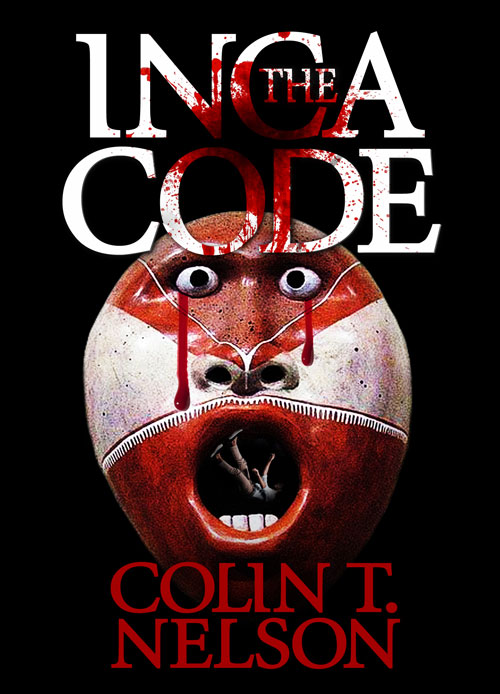Years ago, working as a Public Defender in Minnesota, I represented people charged with misdemeanor crimes–less serious things like disorderly conduct, bar fights, shoplifting, etc. Minnesota has a large Native population, centered on several reservations, but there’s also a large community in Minneapolis. Native Americans were the second most prevelant group charged with crimes.
Between alcohol and few jobs, the number of Native American defendants lined up on Monday mornings for court was always large. For the most part, they lived between the city and their reservations, shuttling between families or friends. The ages of the defendants ran from 18 to somewhere in their 40’s. At the time, it seemed old to someone like me right out of law school. In retrospect, I wonder where they went after they aged into their 40’s–they didn’t show up in court anymore.
Fast forward to a small tribe located just south of Minneapolis. The Mdewakanton Sioux live on 2800 acres of reservation land near the Minnesota River. They’re one of the smaller tribes in Minnesota but have something few of the others have: a gambling casino on the outskirts of the Twin Cities, accessible to millions of people.
Some estimates put the share of gambling revenue at one million dollars each year for every qualified member of the tribe.
Look at their interesting web site at www.shakopeedakota.org to learn about not only the tribe but also about the tremendous investment they’ve made in their own community and across Minnesota. It’s an impressive effort.
How does this affect crime rates?
Gambling in Minnesota began in 1988. Spurred by federal legislation, many of the tribes in the state jumped into the opportunity. Early in the race to attract gamblers, out-state casinos went up first and grabbed people. The Mdewakanton Tribe also joined in the construction. Soon, there were casinos across most of the state.
By the late 1980’s the number of Native American people in the criminal justive system started to drop. By my own memory, within ten years I rarely saw a Native American in either adult or juvenile court.
Why?
A good friend of mine who was a juvenile court probation officer saw his entire caseload–composed of Native Americans–disappear over a few years’ time.
The only explanation we could come up with was the money from gambling. Even though not every tribe in Minnesota participates in gambling, the drop in criminal activity coincided with the beginning of legalized gambling.
The most interesting aspect for me, besides the effect of gambling on the welfare of the Minnesota Native population, is the way they view the windfall.
Another friend of mine, a Native American probation officer once told me her tribe called gambling the “new buffalo,” meaning that sooner or later, the white population would try to take gambling away from the Native population. Hasn’t happened yet. And in the meantime, it seems to have conquered a decades-old problem in their community.
Good for them.
See my website at www.colintnelson.com






